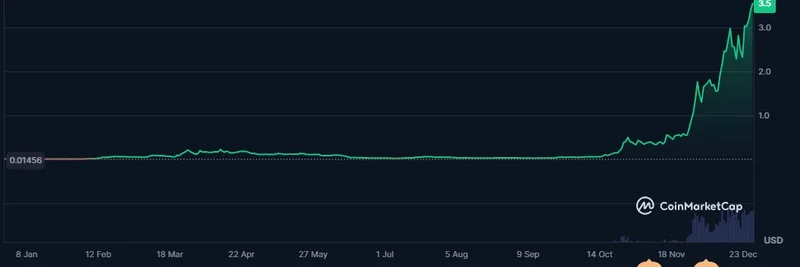In the fast-paced world of crypto, real-life stories often highlight why blockchain tech is a game-changer. Take this recent thread on X (formerly Twitter) from Graeme (@gkisokay), founder of Amplifi Now and a partner at Virtuals.io. He shared a personal anecdote that perfectly illustrates the resilience of decentralized systems compared to traditional centralized ones.
Graeme recounted how a friend headed to the grocery store yesterday, ready to pay with a simple phone tap. But the store's systems were down, and with no cash on hand, the friend had to walk away empty-handed. Fast forward to today, October 20, 2025, when Amazon Web Services (AWS) experienced a widespread outage. Yet, Graeme was still able to seamlessly transfer funds for a client using the blockchain. As he put it, there are "lessons in that."
This story isn't just a one-off—it's a stark reminder of blockchain's edge in reliability. Centralized services like AWS power countless apps and websites, but when they go down, everything grinds to a halt. Blockchain, on the other hand, operates on a distributed network of nodes worldwide. No single point of failure means transactions can keep flowing, even during major disruptions.
Why Blockchain Outshines Centralized Systems
Let's break it down simply. AWS is a cloud computing giant that hosts everything from e-commerce sites to banking apps. An outage there can ripple out, affecting millions—like potentially disrupting payment systems at stores. Blockchain protocols, such as those powering Ethereum or Solana, don't rely on one company's servers. Instead, they're maintained by a global community, making them incredibly robust.
In the context of meme tokens, this reliability is crucial. Imagine trying to trade a hot new meme coin during a market pump, only for a centralized exchange to crash due to an AWS hiccup. On decentralized exchanges (DEXs) like Uniswap or Raydium, you can often keep going because the underlying blockchain stays up. It's this kind of uptime that makes crypto payments one of the biggest product-market fits (PMF) for blockchain, as one reply in the thread noted.
Community Reactions: From Resilience to Memes
The thread sparked quick responses from the crypto community, echoing the sentiment. One user highlighted how "blockchain uptime beats centralized systems in real-world scenarios," wondering how often people notice these differences in daily life. Another simply stated, "resilience isn’t flashy, but it matters." And in true crypto fashion, someone chimed in that "blockchain is needed in the grand scheme of things globally."
Of course, no crypto discussion is complete without a meme. Check out this hilarious take on the AWS team scrambling during the outage:
It captures the chaos perfectly—red alerts and all. Meanwhile, blockchain devs are probably chilling, knowing their networks are designed to handle such stresses.
Lessons for Meme Token Enthusiasts
For those diving into meme tokens, this incident is a wake-up call. Meme coins thrive on hype and quick trades, but underlying tech matters. Opting for tokens on battle-tested chains ensures you won't miss out when centralized infrastructure falters. Whether you're holding Dogecoin, Shiba Inu, or the latest viral sensation, decentralization provides that extra layer of security and accessibility.
Next time you're at the store or sending funds, think about the tech behind it. Blockchain isn't just for speculators—it's proving its worth in everyday reliability. Stay tuned to Meme Insider for more insights on how these technologies intersect with the wild world of meme tokens.



